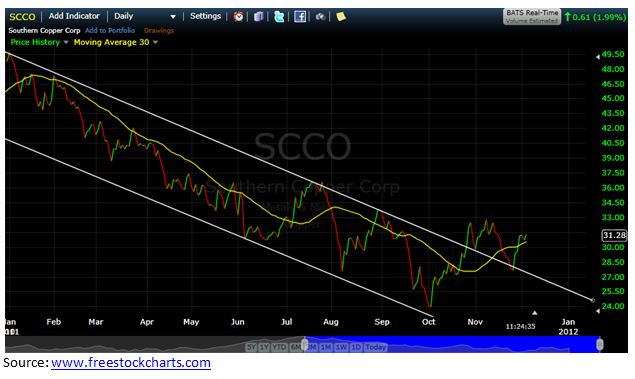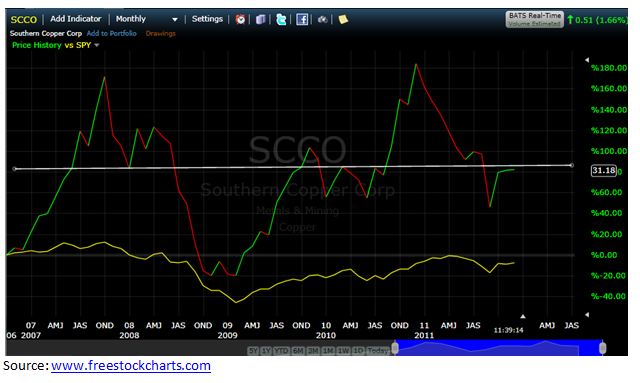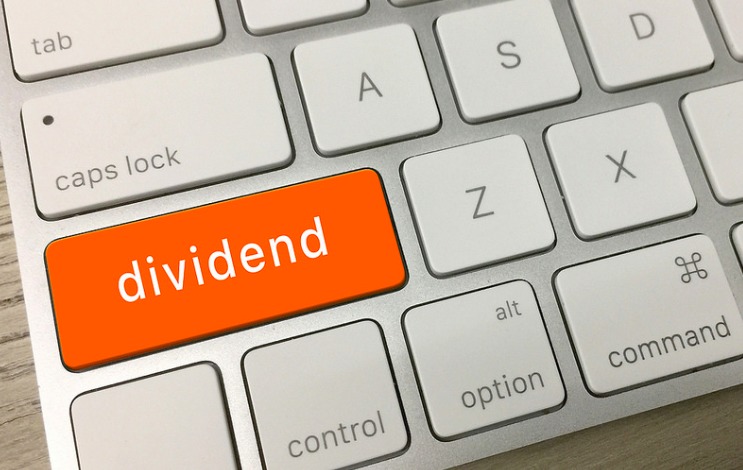 Author: Bill DeShurko, 401 Advisor
Author: Bill DeShurko, 401 Advisor
Covestor model: Dividend and Income Plus
Disclosure: Long SCCO
Legendary investor Peter Lynch guided the Fidelity Magellan Fund from May 1977 through May 1990. During his tenure, he averaged annual returns of 29% and beat the S&P 500 in all but two years. Clearly his success was more than just luck.
In 1990 Lynch published his first book, One Up On Wall Street : How To Use What You Already Know To Make Money In The Market. His thesis was that the average investor could beat the Street by investing in what they know. Lynch claimed many of his ideas came from shopping at the mall. What he looked for were companies that had not yet hit Wall Street’s radar.
This idea isn’t new. Who isn’t aware that you could become rich if you manage to find the next Apple? But Lynch offered one way to focus the search: look for trends that basically no one can screw up. In other words, what business/economic trends exist that will not be derailed, regardless of what party is in power, what tax rates are, or whether Greece leaves the Euro? Once you’ve defined that, find companies that will benefit from these unstoppable trends.
Looking at the world today, there are plenty of potential candidates that capture such mega-trends. Identifying them isn’t really the most difficult issue. As investors in green technology have found, timing is the biggest challenge.
That’s why I have evolved in my investing analysis to incorporate technical indicators, and prefer to buy dividend paying stocks. Technical analysis helps with the timing issue and dividends give me some peace of mind (and return) when the market isn’t quite ready to reward a trend as soon as I think it should. The disadvantage of buying dividend stocks is that they typically are established companies, instead of the new emerging companies Mr. Lynch preferred. But dividends don’t mean stodgy, or lack of opportunity.
One of my mega-trend theses is that global wealth is just at the beginning of an exponential rise. Even with stalling economies in the U.S. and Europe, emerging market growth from the BRIC, African, and Eastern European nations will continue to drive demand for commodities. In all likelihood, the aforementioned developed economies will continue to print large amounts of dollars to inflate their way out of their current debt-saddled fiscal dilemmas. That will create further Inflationary pressure and add fuel to the commodity bull market.
One of my favorite commodity plays at the moment is Southern Copper [s:SCCO], a holding in my Dividend and Income Plus portfolio. SCCO has been beaten up this year, dropping from a high of around $49 to about $24 at the beginning of October. Looking at its current chart, below, it looks like it has broken its downtrend and may head into a consolidation phase. I’d expect a major breakout if, as I expect, the ECU, IMF, U.S., and everybody that has a spare nickel (or the ability to mint one) agree to chip in and help with the Eurozone bailout.
Chart 1 Southern Copper (SCCO) 12/31/2010 – 12/05/2011
One word of warning. Below is a five year chart for SCCO. That relatively flat yellow line near the bottom is not T-bills – it is the S&P 500. While SCCO has outperformed the market, it has been a wild ride. Thus my mantra – timing is everything in buying stocks. Over the past five years, SCCO has had the potential to have been an investors’ worst or best purchase depending on when that investor bought SCCO. Currently, SCCO is almost exactly at its price midpoint for the past five years, and looks to be in an uptrend since the 2009 low.
Chart 2 Southern Copper (SCCO) 12/04/2006 – 12/05/2011
Whether a European bailout comes in 2011 or 2012, it most likely will come. The question is how long can Germany hold out and play hard ball, conditioning its support on fiscal tightening and increased economic control over the troubled countries. Bailouts mean more money being printed. Add that to the natural growth coming from the emerging market economies and fiscal loosening in China, and inflation looks to be a major trend that is not going to be sidetracked.
If purchased on 12/5, and should SCCO return to its 52 week high, you’re looking at a 30% gain in price – plus the 8% dividend. I’d also look to add a stop loss order around $27, which looks to be an area of support.





